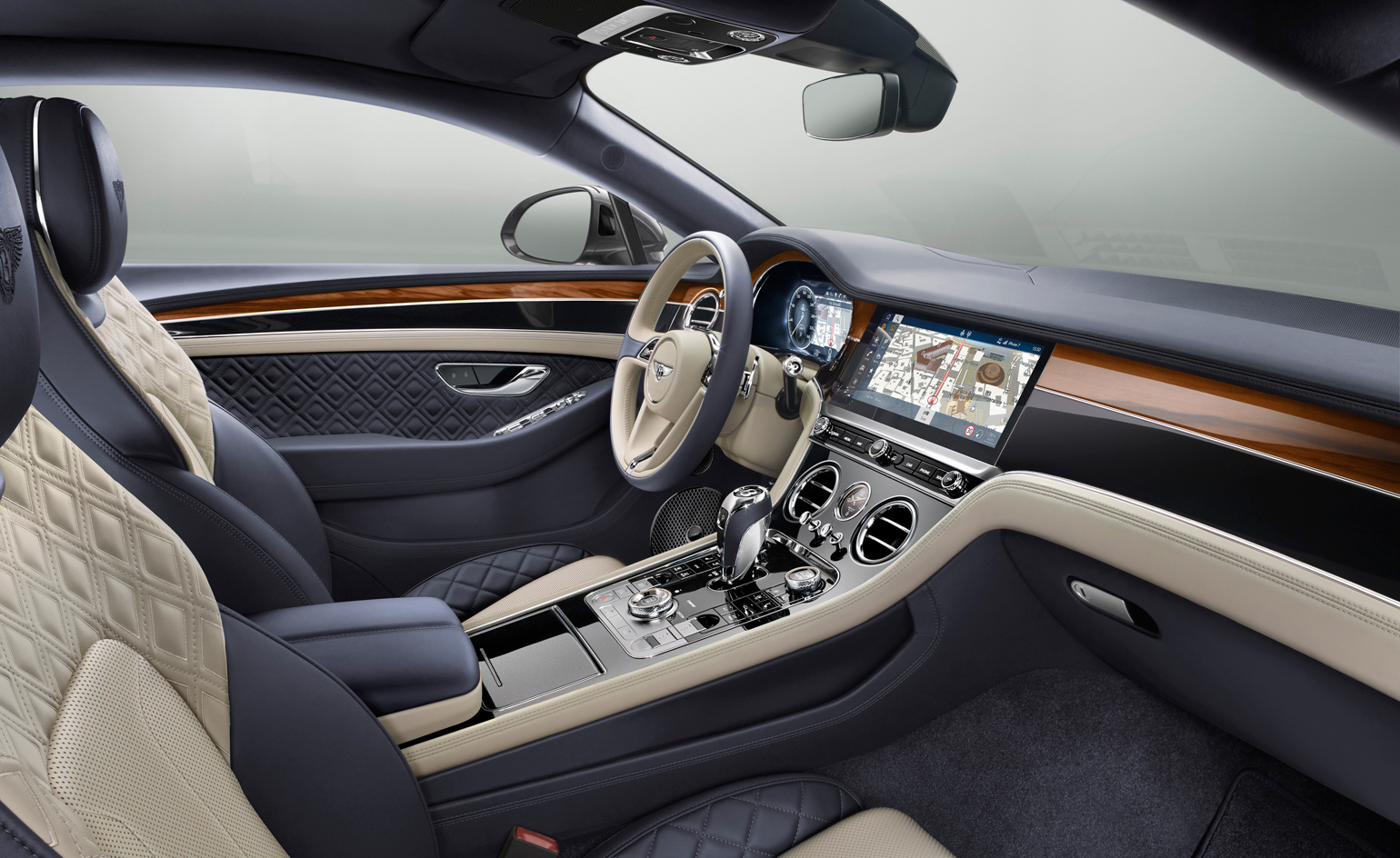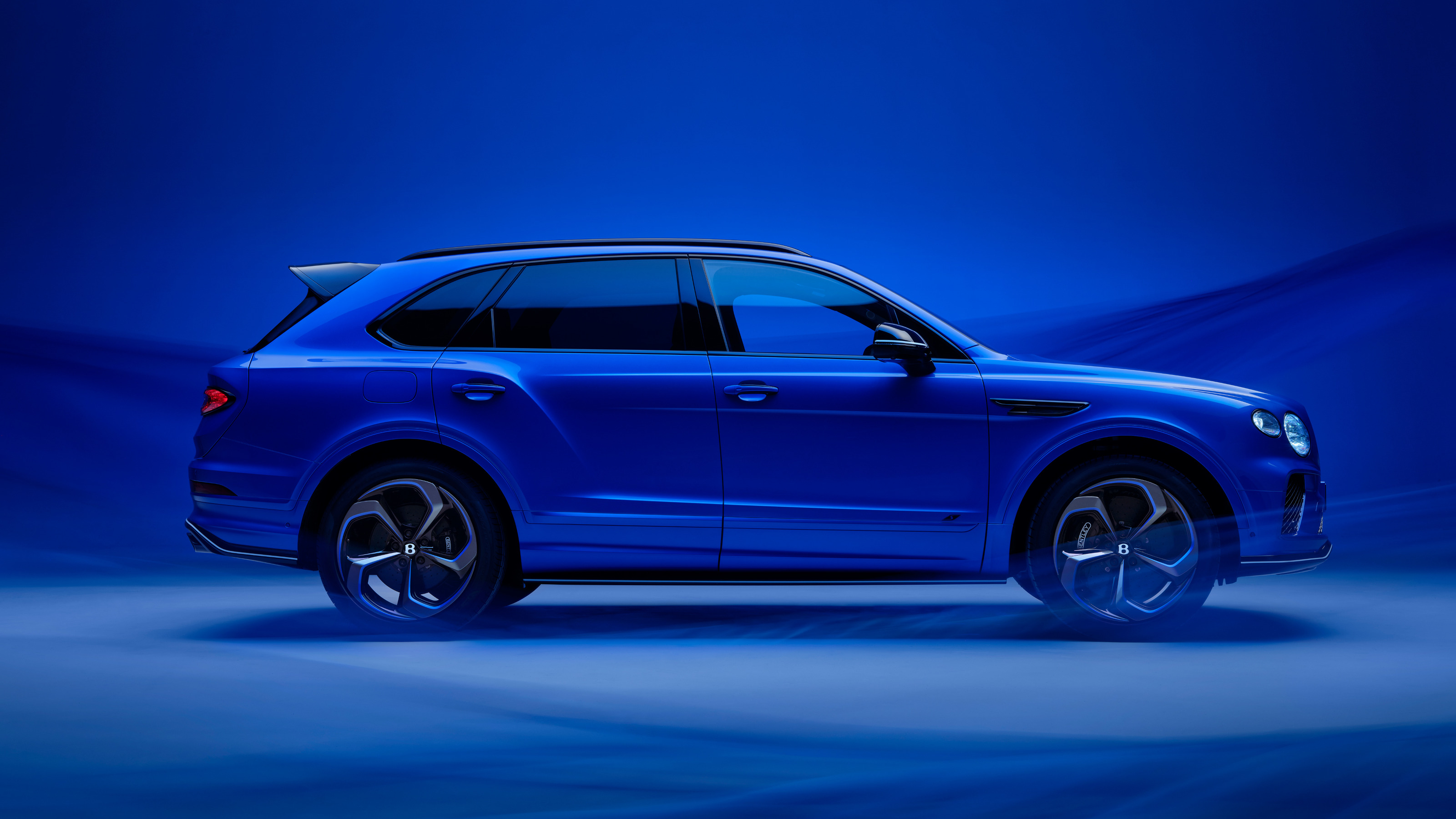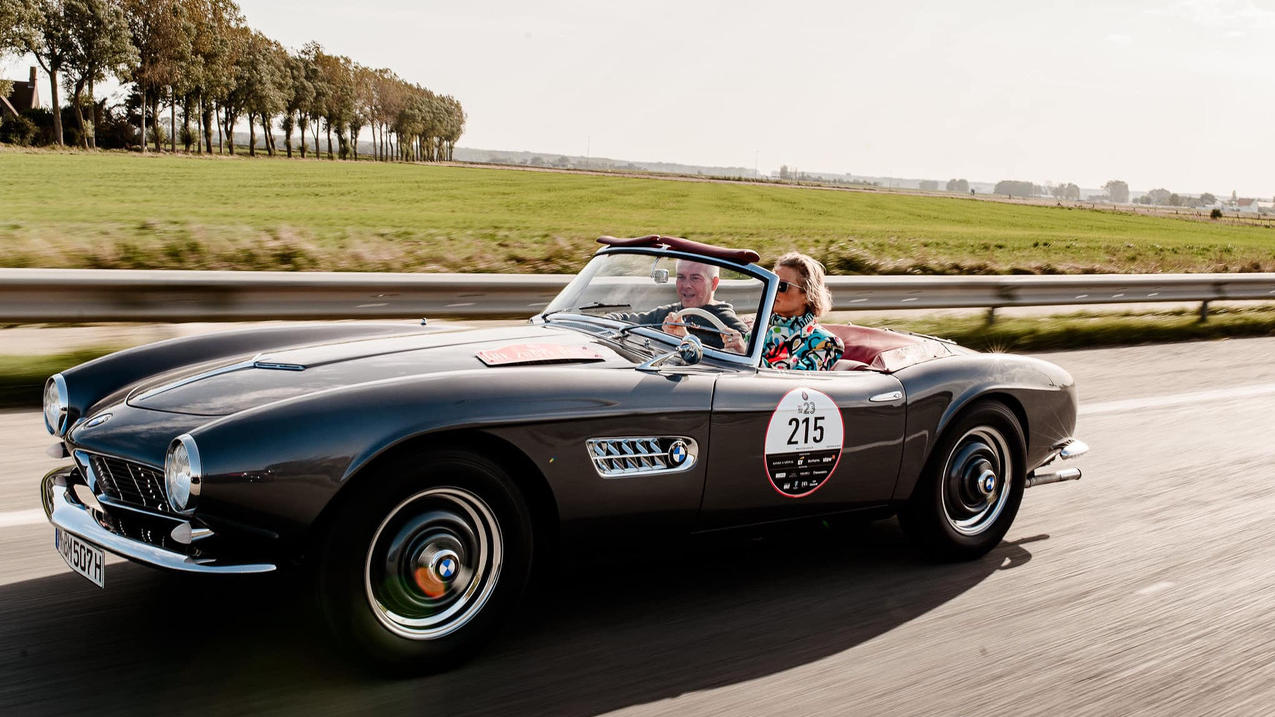With the Continental GT, Bentley proves it’s still working on a different scale to everyone else

The Bentley Continental GT is a modern classic. This is the car that turned Bentley from a niche builder of brutish, old school gentleman’s conveyances into a honed, modern luxury goods manufacturer, able to build anything from a GT car to a royal limousine. This transformation was brokered by Bentley’s then-new owners, the Volkswagen Group, and the GT embodied the shift from traditional methods to modern, platform-engineered production. Like all the best brand rebirths, the original design team behind the Continental GT adeptly fused the marque’s best qualities with modern materials and technologies. The original GT arrived in 2003 and was substantially overhauled in 2011. Never, however, has the car been given a complete ground-up makeover.
Despite the masterful synthesis of old ideals and thoroughly new underpinnings, VW’s might and muscle was never far away, however, Detractors pointed out the various shared components – everything from engines to in-car entertainment – and lamented that character of Volkswagen’s various marques was little more than a skilful exercise in branding. Bentley has taken that criticism to heart with the all-new Continental GT. Yes, there are shared bits, most notably with the current generation Porsche Panamera saloon. Bentley is keen to point out that 82 per cent of this car is unique to Bentley, and you’d have to be especially churlish to complain about that invisible 18 per cent. What’s more telling is the scale; the Panamera is a massive four-door, four-seater. The GT is a classic 2+2 coupe. Bentley is still working on a different scale to everyone else.

The Bentley Continental GT
First impressions are overwhelmingly positive. The original car was never svelte, but used scale to create presence, with Bentley citing the lorry-like ‘Blower’ supercharged Bentley racecars of the interwar period as a precedent. Like a chunky mechanical watch or thickly starched cuff, Bentleys often convey a very traditional ideal of masculinity. The new car is no smaller than its predecessor, but the edges have softened and there’s a more fluid, feminine quality of line, particularly around the rear. Here, oval lights sit within a neatly creased rear treatment beneath a flowing fastback-style rear deck. The rear wheel arches are more pronounced than before, with shorter overhangs at front and rear giving the car a more dynamic stance.
One place where Bentleys have traditionally excelled is in their interior, with space and time to indulge in craftsmanship and quality that mass-market cars simply can’t approach. In the past, this combination lent itself to rather archaic arrangements of switches and dials - ambience rather than ergonomics. The new car ratchets up the technology, with a unique rotating central dash element that switches seamlessly between conventional dials and a flat screen information display. The quality of materials and finishes are peerless, inviting you to jump in and ratchet up the miles to some suitably sybaritic location.
We’ll drive the Continental GT in due course, and explore some of the marque’s legendary performance. Suffice to say it won’t be lacking, with the launch cars containing a heavily version of the flagship W12 engine and lightweight materials and components being used wherever possible. Ultimately, the GT range will consist of a convertible, a V8 and – most importantly of all – a hybrid version. All have the potential to dent the big Bentley’s brutish image, increase the brand’s unisex appeal and – in the case of the hybrid – make another important step towards the electrification of luxury.
(first published 3 October 2017)

Inside, Bentley ratchets up the technology, with a unique rotating central dash element that switches seamlessly between conventional dials and a flat screen information display

The rear wheel arches are more pronounced than before, with shorter overhangs at front and rear giving the car a more dynamic stance
INFORMATION
For more information, visit the Bentley Motors website
Wallpaper* Newsletter
Receive our daily digest of inspiration, escapism and design stories from around the world direct to your inbox.
Jonathan Bell has written for Wallpaper* magazine since 1999, covering everything from architecture and transport design to books, tech and graphic design. He is now the magazine’s Transport and Technology Editor. Jonathan has written and edited 15 books, including Concept Car Design, 21st Century House, and The New Modern House. He is also the host of Wallpaper’s first podcast.
-
 All-In is the Paris-based label making full-force fashion for main character dressing
All-In is the Paris-based label making full-force fashion for main character dressingPart of our monthly Uprising series, Wallpaper* meets Benjamin Barron and Bror August Vestbø of All-In, the LVMH Prize-nominated label which bases its collections on a riotous cast of characters – real and imagined
By Orla Brennan
-
 Maserati joins forces with Giorgetti for a turbo-charged relationship
Maserati joins forces with Giorgetti for a turbo-charged relationshipAnnouncing their marriage during Milan Design Week, the brands unveiled a collection, a car and a long term commitment
By Hugo Macdonald
-
 Through an innovative new training program, Poltrona Frau aims to safeguard Italian craft
Through an innovative new training program, Poltrona Frau aims to safeguard Italian craftThe heritage furniture manufacturer is training a new generation of leather artisans
By Cristina Kiran Piotti
-
 Wallpaper* takes the wheel of the Bentley Blower Jnr for a rich automotive experience
Wallpaper* takes the wheel of the Bentley Blower Jnr for a rich automotive experienceHedley Studios has shrunk the mighty Bentley Blower into this all-electric, road-legal barnstormer. We take it to the streets of London
By Jonathan Bell
-
 Bentley collaborates with fashion designer Supriya Lele to create ‘Nīla Blue’
Bentley collaborates with fashion designer Supriya Lele to create ‘Nīla Blue’This one-off Bentley Bentayga S showcases a new paint and interior specification created with Indian-British designer Supriya Lele
By Shawn Adams
-
 The new Bentley Continental GT Speed surpasses its top-ranking predecessor
The new Bentley Continental GT Speed surpasses its top-ranking predecessorHigh in the Alps behind the wheel of a brand new hybrid Bentley, we reflect on what it takes to make a modern supercar
By Jonathan Bell
-
 Bentley describes the updated hybrid Flying Spur Speed as a four-door supercar
Bentley describes the updated hybrid Flying Spur Speed as a four-door supercarThe latest version of the Bentley Flying Spur is a technological showcase and an outstanding performer
By Jonathan Bell
-
 Bentley rolls out the latest version of its majestic grand tourer, the Continental GT Speed
Bentley rolls out the latest version of its majestic grand tourer, the Continental GT SpeedAvailable as both coupé and convertible, the fourth generation Bentley Continental GT Speed harnesses hybrid power to become a record breaker for the brand
By Jonathan Bell
-
 Zoute Grand Prix is a car fest like no other at a pristine Belgian beachside town
Zoute Grand Prix is a car fest like no other at a pristine Belgian beachside townAmy Serafin takes to the well-heeled streets of Knokke-Heist to experience the Zoute Grand Prix, its annual cavalcade of classic car-related events, from a rally to an auction
By Amy Serafin
-
 Bentley goes big with an extended, Mulliner-trimmed version of its Bentayga SUV
Bentley goes big with an extended, Mulliner-trimmed version of its Bentayga SUVThe Bentley Bentayga EWB Mulliner is the luxury manufacturer’s new flagship, a high-riding limousine that marks a sea-change in how we perceive the very best of an automotive brand
By Jonathan Bell
-
 Bentley Blower Jr shrinks and electrifies the stately form of a racing classic
Bentley Blower Jr shrinks and electrifies the stately form of a racing classicThe Little Car Company’s latest project takes an interwar icon and transforms it into an electric city car for the modern rake
By Jonathan Bell